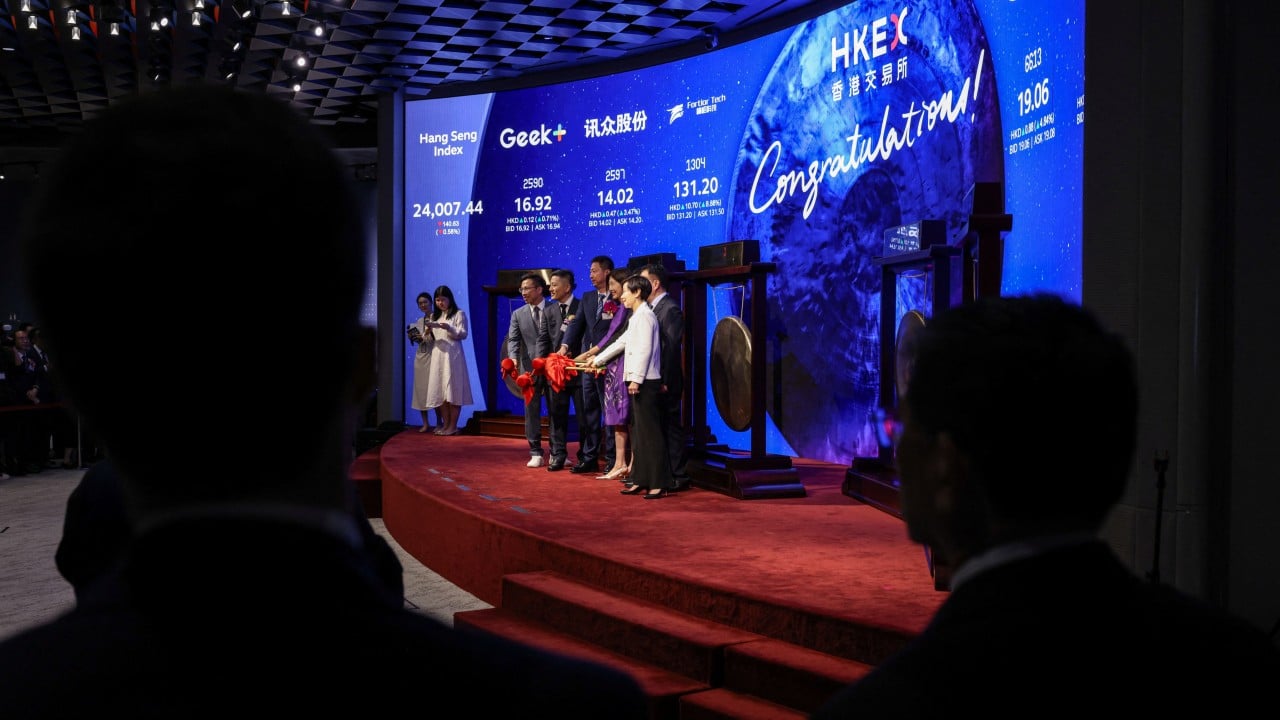Since US President Donald Trump launched his assault on the global trading system in early April, one theme has dominated the financial market landscape. Contrary to the expectations of many investors, shifts in capital flows emerged as a more important determinant of sentiment than the economic impact of higher tariffs.
Advertisement
Nowhere is this more apparent than in Asia, the region most at risk from the onslaught of protectionism because of its greater dependence on trade. The unexpected surge in Asian currencies in response to Trump’s tariff blitz drew attention to many Asian economies’ huge balance of payments surpluses, part of which were recycled into foreign assets, especially US Treasury bonds.
Doubts over the willingness of Asian investors to continue to help fund the large US current account and fiscal deficits amid concerns about the safety of US assets fuelled speculation about “de-dollarisation”. An alarming report by Eurizon SLJ Capital on May 6 predicted the US dollar – which suffered its worst start to the year since 1973 – faced an “avalanche risk” as Asian investors began to unwind their huge stockpile of dollar holdings.
However, while there is some evidence of a foreign buyers’ strike, the US has yet to suffer capital outflows. In China, by contrast, layers of snow have been tumbling down for some time, particularly when it comes to foreign direct investment. Last year, net FDI plunged by US$168 billion, the biggest capital flight since 1990, according to data from the State Administration of Foreign Exchange (Safe). While inbound investment fell to just US$4.5 billion, outbound investment reached US$173 billion as Chinese companies continued to expand abroad.
The wave of outbound FDI attests to the economic and geopolitical forces pushing Chinese firms to shift part of their operations abroad in a trend reminiscent of Japanese companies’ overseas investment spree in the 1980s. Yet while the previous surge in Chinese outbound investment in 2014-2016 was dominated by mergers and acquisitions, the current crop of foreign transactions is focused on greenfield projects – assets that are built as opposed to acquired – in emerging markets, especially Southeast Asia.
Advertisement
According to a report by Rhodium Group last September, “growing trade barriers abroad, pressure to diversify supply chains and the growing competitiveness of Chinese firms in advanced industries” have given rise to a “new generation of China’s overseas investment [with] very different objectives and destinations than in the previous decade”.

